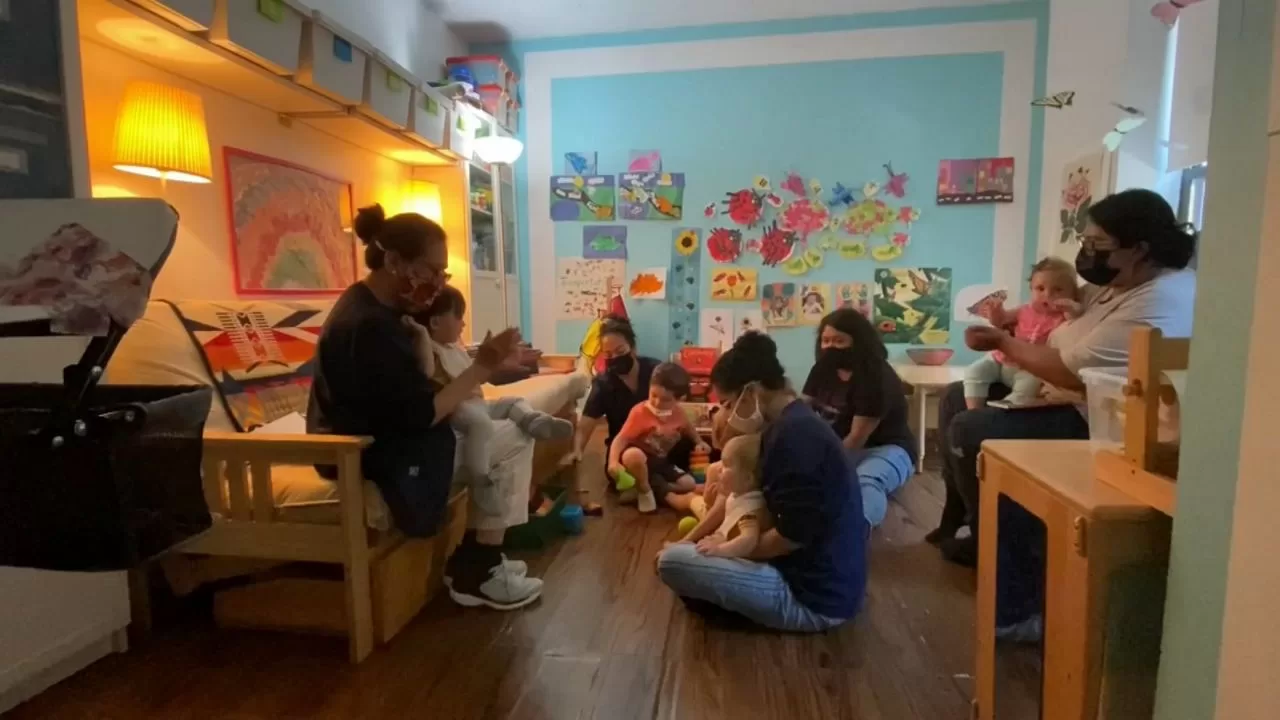Ready to check out another selection of astronomical photos highlighted by NASA? In the last week, the website Astronomy Picture of the Day brought fascinating images of nebulae and their colors, along with records of a curious moon of Saturn and even the asteroid Bennu.
Also, you can check out photos of the recent conjunction of Jupiter and Venus and even a rainbow in a beautiful alignment with a tree.
See below:
Saturday (11/03) — Asteroid Bennu in 3D
If you have 3D glasses at home, with a blue and red lens, it’s worth picking them up to check out this photo, which shows a three-dimensional version of the asteroid Bennu. This space rock measures less than 500 meters and was visited in May 2021 by the OSIRIS-REx mission, which collected samples from its surface. The material should reach Earth in September.
Sunday (03/12) — Hyperion Moon
This curious object is Hyperion, one of dozens of Saturn’s moons. The photo is a mosaic produced from six images captured by the Cassini spacecraft in 2005, which highlight the moon’s mysterious craters and its sponge-like surface.
Most of the craters have dark red-hued material that appears to be similar to that present on part of Iapetus, another moon of Saturn.
Monday (13/03) – The end of the rainbow
Rainbows are beautiful meteorological phenomena that occur thanks to the reflection and refraction of sunlight in water droplets in the atmosphere. An interesting feature of them is that the position depends on where the observer is, and the center of the rainbow always appears in the opposite direction of the Sun.
In the case of this photo, its center was about 40º to the left, just below the horizon. The Sun was behind the camera and slightly above the horizon.
Tuesday (3/14) — Soul Nebula
The colors and shapes in this photo belong to the so-called “Soul Nebula”. Also known as “W5”, it is home to star-forming regions, open star clusters and cosmic dust.
This colorful nebula is about 6,500 light-years from us and spans approximately 100 light-years. It is made up of hydrogen, sulfur and oxygen.
Wednesday (15/03) – Jupiter and Venus
If you’ve been following the space science news, you might know that Jupiter and Venus have been conjunct recently. During the phenomenon, they were separated by a distance similar to the diameter of the Moon in the full phase – this, of course, from our perspective of observation, since the planets were millions of kilometers from each other.
The conjunction took place at the beginning of the month, and since then the planets have gradually moved apart.
Thursday, March 16 — Omega Centauri Star Cluster
Here, the photo shows the star cluster Omega Centauri, one of the largest and brightest star clusters known. It is home to about 10 million stars much older than the Sun and, interestingly, they differ in age and chemical composition. Thus, it is possible that this cluster is the nucleus of an ancient galaxy.
Friday (3/17) — Medusa Nebula
Also known as “Abell 21”, the Medusa Nebula is a planetary nebula formed by a low-mass star, like the Sun, that is nearing the end of its life. It appears near the center of the photo, and extremely hot ultraviolet radiation causes the nebula to glow.
Source: ETC





